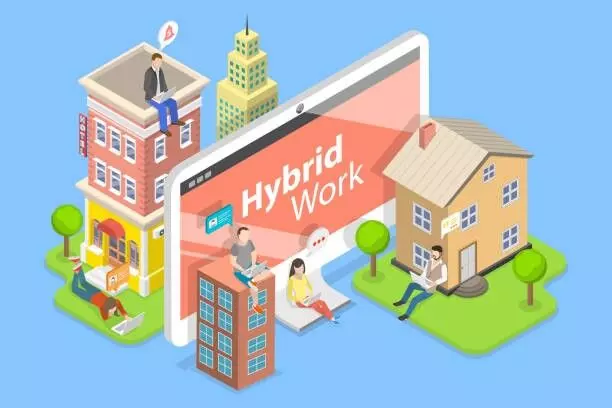The concept of an office has evolved significantly from simply being a space with desks and chairs. Today, particularly with the rise of hybrid work environments, offices function as dynamic ecosystems that impact how we work, think, and thrive. Recently, we had the chance to speak with two industry leaders who are transforming this landscape. They discussed how workplace environments have changed over time and how innovative designs enhance experiences while reintroducing a human element into our daily environments. Aryaman Vir, Founder & CEO of Morpho Dimensions, remarked that office design has progressed beyond aesthetics; it now influences how individuals work, connect, and feel at their workplaces.
With hybrid work becoming commonplace, offices are required to fulfill greater roles, motivating creativity while addressing practical needs. Design decisions are increasingly data-driven, reflecting actual employee usage. According to Microsoft’s 2025 Work Trend Index, over 80% of business leaders plan to implement AI-driven solutions within the next year and a half, indicating the technological evolution of workplace strategy. Thus, modular designs, biophilic elements, energy-efficient systems, and smart automation are crafting sustainable, flexible, and cost-efficient environments. Given the current focus on budgets, workplace designs must adhere to a principle of maximizing output while minimizing resource use. As many large organizations aim to downsize office space, each square foot must be utilized effectively.
This transition necessitates a design philosophy that prioritizes outcomes over mere aesthetics. Shashikant Sharma, Founder of SLS Designs, added that creating inspiring workspaces involves merging aesthetics with functionality to truly empower individuals. The most effective offices achieve a balance between visual appeal and operational efficiency. Thoughtful design plays a crucial role in ensuring a workspace enhances productivity rather than detracting from it. Every aspect—from lighting and acoustics to seating arrangements and the balance of open versus private spaces—should be meticulously planned to support focus, collaboration, and comfort. Human-centric design is essential; when layouts prioritize people’s needs, they foster collaboration while allowing for personal concentration. Workspaces that prioritize comfort and well-being naturally enhance team performance.
Thus, functionality must be considered alongside style, as employees excel when their environment aligns with both professional objectives and personal requirements. Moreover, office spaces should embody the brand’s identity and values. A workspace transcends mere physical boundaries; it reflects the culture, vision, and narrative of the organization. When employees enter an office that resonates with their brand, they feel a stronger connection, increased motivation, and a greater desire to contribute meaningfully. Ultimately, inspiring workplaces harmonize beauty and purpose, igniting creativity, fostering engagement, and transforming each workday into an anticipated experience. This is the essence of effective workplace design.
